Sustainable Living Tips In The Home
If you want to get serious about sustainable living, I’ve got some good simple tips to share with you today! Living a life that isn’t harming the planet, the water, the food and your surroundings doesn’t have to be hard.
I’m not saying to try and pretend like you don’t exist by the way or that you are a burden on the world by any means. This world has an amazing capability of renewing itself and producing resources for us, but I want to share with you ways to help reduce the load on the earth.
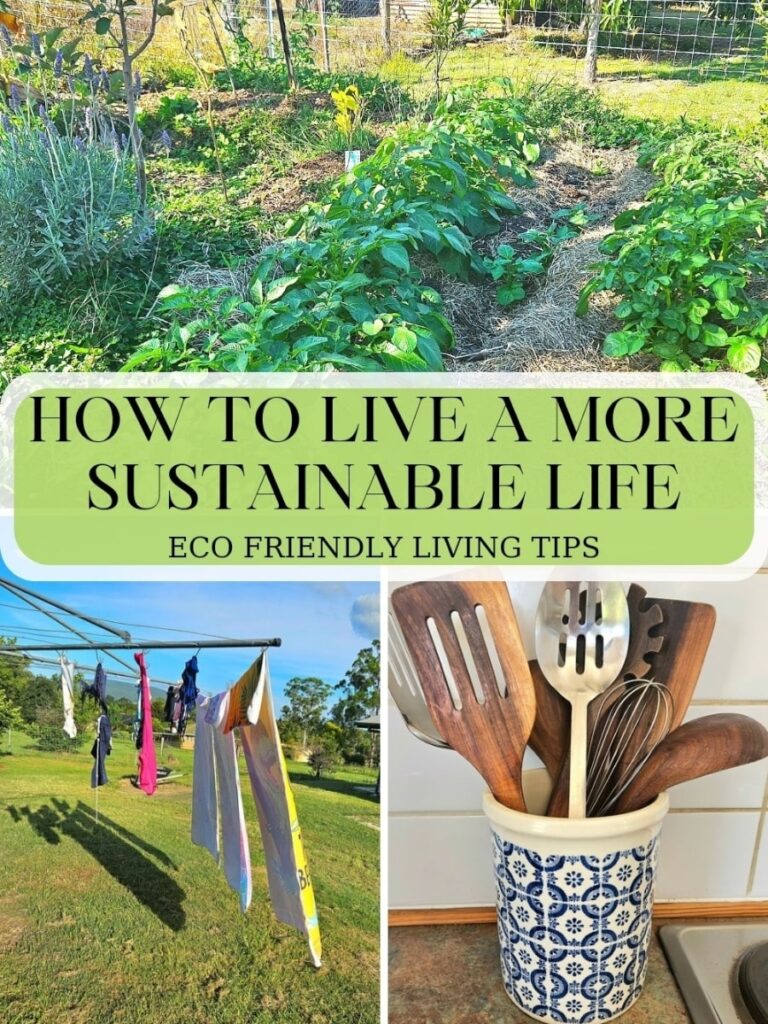
Not only is living a more sustainable life better for the environment but it can also lead to better health for you and your family as well as saving more money. One way is by purchasing products that are reusable you aren’t constantly having to replace disposable items.
Disposable items tend to be more toxic than reusable items, of course this depends on what you are purchasing. The change starts with you. How you live can influence your children, family members, friends and others whom you talk to.
Here are some tips to live more sustainable that you can get started today and a few that might require a bit more thought and time to make happen.
Sustainable Living Home Tips
1. Make your own cleaning products
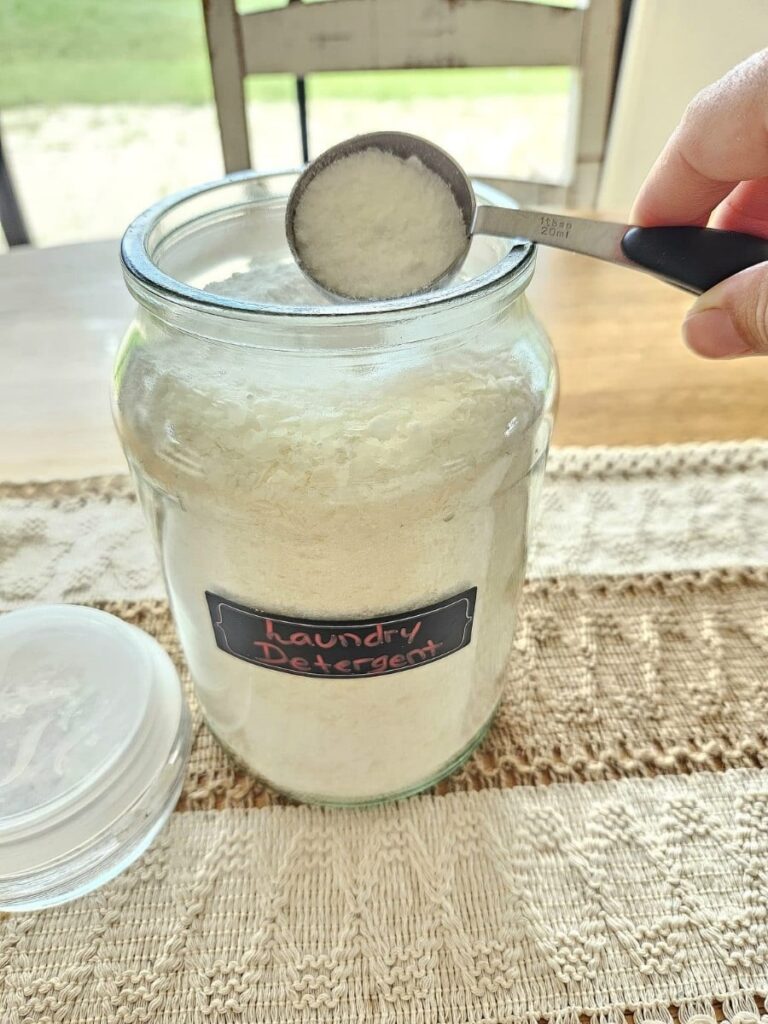
A simple way to live a more sustainable life is to make your own cleaning products at home. You can reduce the number of disposable bottles being thrown out this way.
Making your own cleaning products at home is actually very easy. You can do a quick google search and find many amazing home DIY cleaning product recipes.
Most likely you already have everything you need in your home. Most cleaning product recipes call for a vinegar, baking soda, water and lemon juice or lemon oil.
Store bought cleaning products are filled with chemicals and numbers that none of us should be touching or breathing in regularly so making your own is better for your health as well.
2. Purchase Quality Over Quantity
How many times have you purchased something because it was cheaper and it didn’t last very long? Or maybe something was discounted, on sale or reduced in price so you bought it but didn’t really have a use for it?
I’m pretty sure most of us have been there. These items generally don’t last long or we have no use for it so it ends up in the bin. Living a sustainable life doesn’t have to be hard, it’s better to be more intentional with your purchases.
Think about what you need vs what you want. If you need it purchase a better quality so you can get long term use out of that item. Anything that ends up in your home is now something that takes up space.
Before making a purchase always think is it something you need and also do you have a spot for it in your home.
3. Purchase Organic Or Items Sourced Sustainably
When possible, purchase things that were made or farmed in a way that didn’t poison or destroy the earth. Money talks and if more people purchased items that are created sustainably then more companies would take on those practices.
Some items that should be fairly easy to purchase and find using sustainable practices include clothes, blankets, rugs, baskets and shoes. There would be more if you did a bit of research.
I have seen beds and pillows created and sourced naturally as well so there are items out there.
Conserve Water
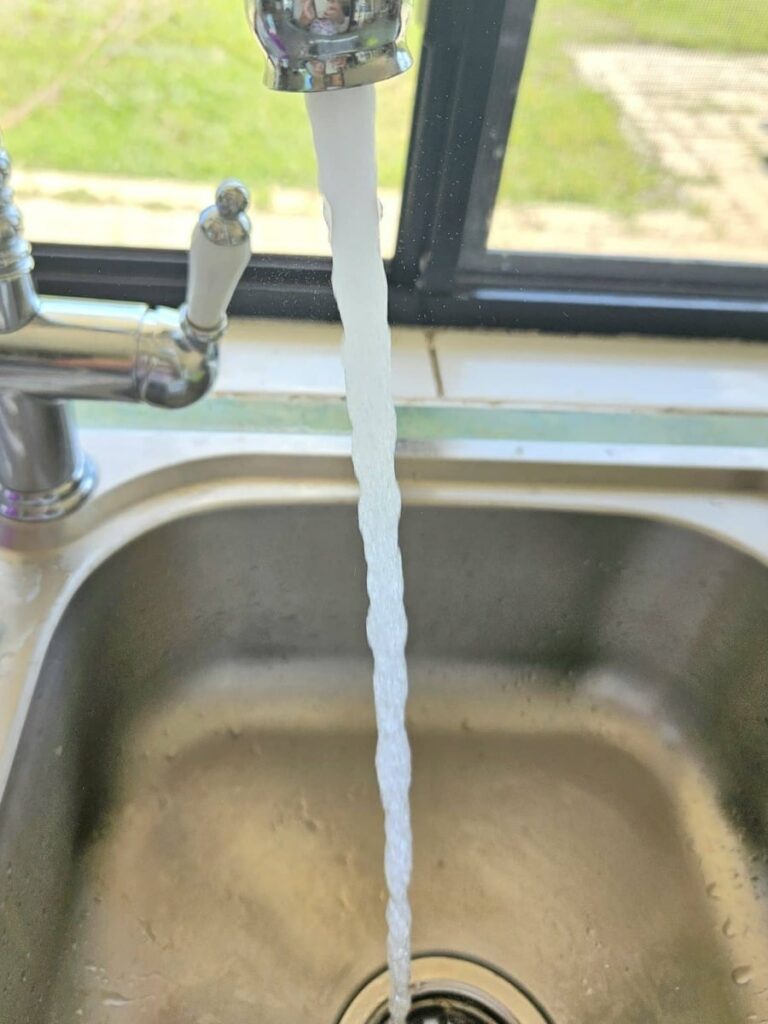
1. Water Tanks
Living a sustainable life means we want to conserve our natural resources and use what we can. If you have a roof and a property, I think you should own a water tank.
There are many benefits to owning your own rainwater tank. First of all the water is cleaner to drink. You still add a filter to this water tank by the way but it’s a great source of drinking water instead of purchasing water or drinking tap water, which I would never recommend.
This water can be used to water your gardens if you have. You can connect the tanks to your house and use the water for laundry, toilets, showers ect.
Having water tanks can save you money on your water bill, helps to reduce strain on waterways, reduce demand on drinking water, can increase property value, decrease soil erosion and flooding.
2. Use Water Efficient Appliances
Another way to conserve water is to use water efficient appliances in your home. Appliances like a dishwasher and washing machine wish are used often can take a lot of water.
Purchasing appliances that have a good water efficient score will be able to get the same job done but with less water usage.
You can also purchase water saving shower heads and use the half flush cycle on your toilet for pees instead of a full flush.
Sustainable Living Energy Tips
1. Hang Clothes To Dry
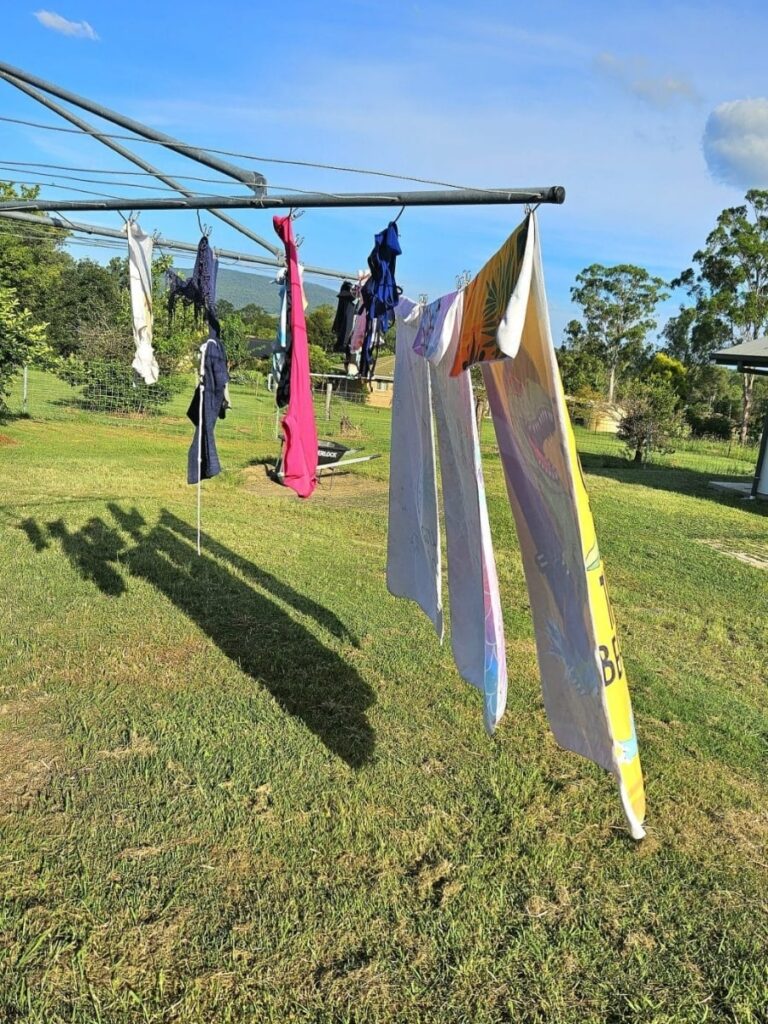
If it’s nice and sunny outside why not hang your clothes to dry instead of machine drying? The sun dries clothes beautifully and is also great at removing minor stains.
Plus, it’s free! If you don’t have a line outside to dry your clothes, they do sell portable ones you can place in your balcony as well.
We just bought a dryer as well because lets face it sometimes it rains for a whole week! Or maybe you want nice soft towels, totally get it!
You can purchase energy efficient dryers which use minimal energy. I also been meaning to try wool dryer balls. They are supposed to reduce drying time, reduce static and wrinkles in your clothes which I think is pretty awesome.
2. Open Windows For Airflow
I know this seem might seem obvious but if you have windows and there is a breeze outside why not open the windows up. Instead of using the A/C use natural fresh air to cool down your house.
If it’s going to be really hot it’s actually better to get your A/C on in the morning so it has less work to do cooling down the house. And if it’s going to be really hot for several days you actually can save money just keeping the aircon constantly on.
Turning it off and then requires the air-conditioning unit to work harder to cool down your house. If it stays on it just maintains its constant temperature and isn’t actually using that much energy. Make sure to buy an efficient air-conditioning unit as well!
3.Unplug And Turn Off
If you are not using something turn it off at the switch. Electronics tend to go on standby mode and will still draw a little power from the circuit even when they are turned off.
Some electronics that draw power when turned off include TVs, microwaves, speakers, game consoles, computers, mobile phone chargers and kitchen appliances. So when not in use simply turn it off at the switch or unplug!
4. Purchase A Solar System
If you don’t have one already getting a solar system can be super handy. It can reduce your electricity bill by a lot, reduces the strain on the power grid and also can increase the value of your home.
Solar energy simple relies on the sun and is clean energy. It produces no greenhouse gases and no fuel gets burned when using solar.
If you can purchase a solar system I’d say go for it something is better than nothing! We currently have solar for our hot water system and plan on investing in a system for the rest of the house in the near future.
You might want to consider using Semper Solr for your solar needs! They are dedicated to promoting renewable energy and
creating a sustainable future!
Sustainable Living Kitchen Practices
1. Use Reusable Products
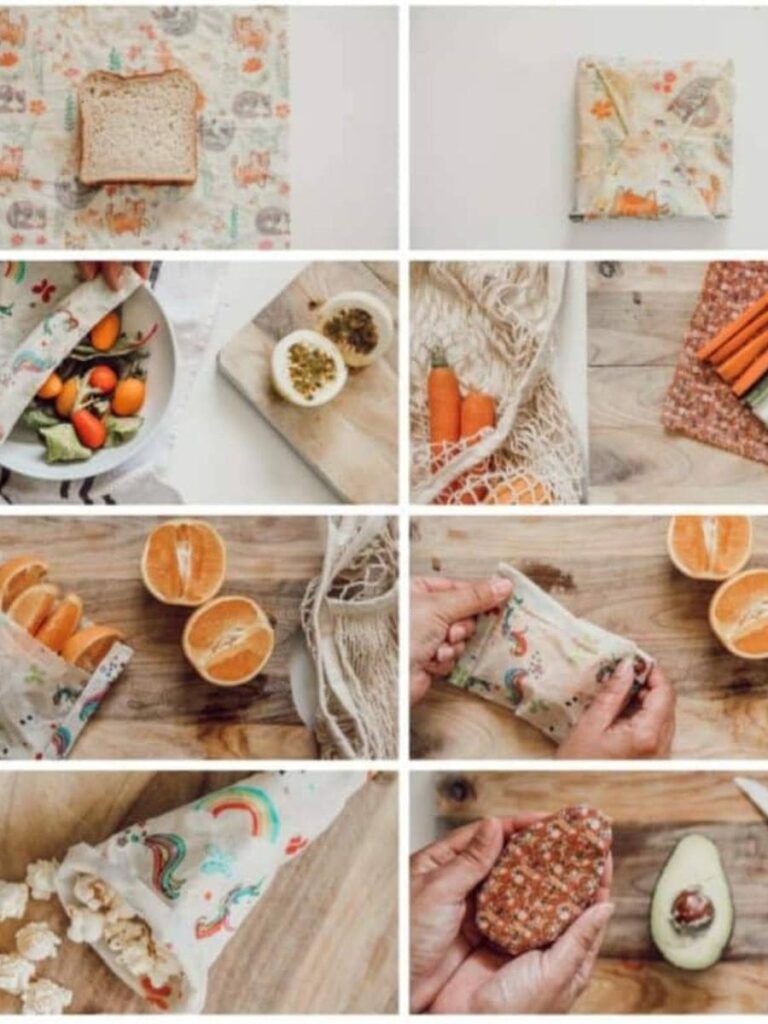
The kitchen is probably one of the hardest working and most used area in the home. You can make some simple changes to make your kitchen more sustainable. Instead of using plastic wrap, you can use beeswax food wraps or place food in containers with a lid.
Purchase glass or stainless-steel containers to store food in instead of plastic ones. Have stainless steel or glass water bottles instead of plastic water bottles.
Invest in good stainless-steel pans or cast-iron pans. These pans can last a lifetime if taken care of don’t have all the toxins a nonstick pan has. Plus, nonstick pans won’t last forever they will need to be replaced.
Purchase stainless steel or wooden cooking utensils instead of plastic ones that can melt in your food!
You can even have reusable jars that you take the shops to fill up with food. There are bulk food places you can go to that charge per weight of the item.
They weigh the jar first, so you aren’t paying for that extra weight. Even main shops like Woolworths here in Australia tend to have a section in their store where you can put nuts and things into your container and pay for it at the front.
3.Invest In Long Term Equipment
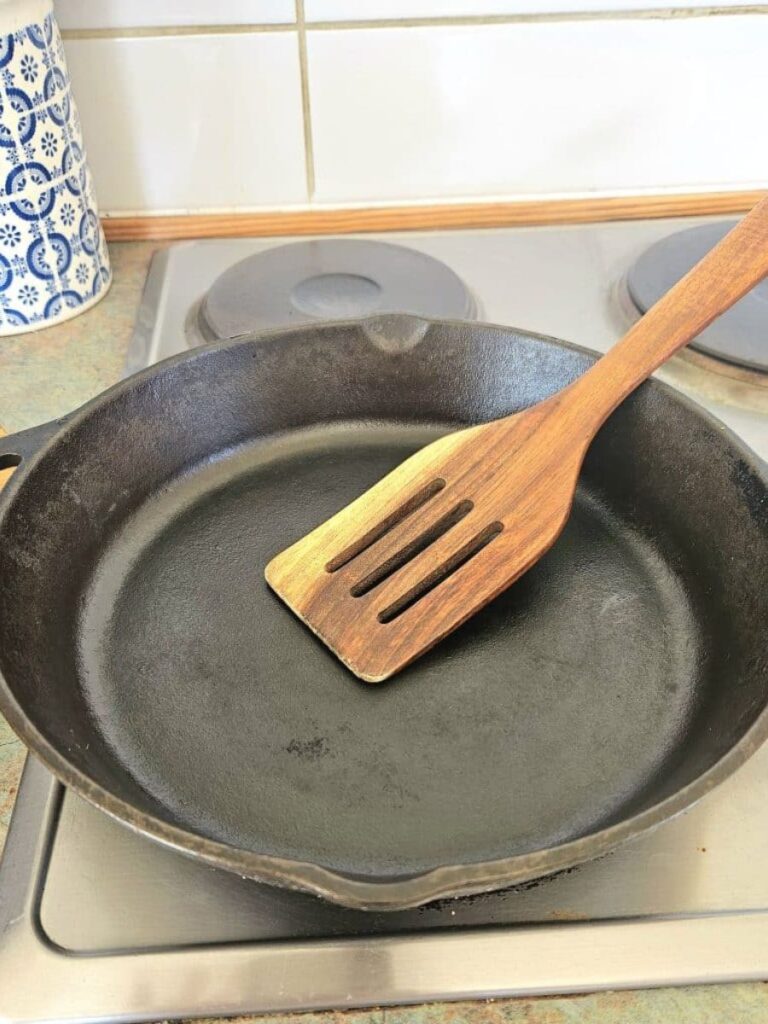
Since the kitchen is the hardest working area in our home our appliances are also worked hard. It’s whenever you make a purchase to not always look at the price look at the quality and see if it’s worth the price.
For example, I bought a mixer and spent a bit more money on a product that would last compared to a cheaper brand that had poor reviews.
If you are going to use it often you want it to be good quality and last. Other items to really look into is blenders, hand mixers, immersion blenders, ect.
These things will eventually find their way into the dump so it’s best to buy something that will last many years instead of having to replace an item every year.
Food Practices
1. Don’t Waste Food
Less food being thrown out is less food ending up in the landfills. Apparently, food wastage produces a large amount carbon dioxide into the air so throwing less food out reduces that number.
Also eating the food you purchase saves you money as well. Checking your food inventory regularly is a good practice to have to help the environment.
2. Shop Local
There are many benefits to shopping locally for your food. First of all, it reduces fuel cost not only from your driving but also non locally grown food being transported over long distances.
Local small business tend to produce less wastage than larger cooperations. Buying food in season is healthier and generally cheaper as well.
3. Compost
If you are going to throw food out why not start up a compost system. Making your own soil is pretty easy and a great way to make use of leftover and scraps.
By composting you are reducing the amount of wasted ending up in landfills while also creating healthy beautiful soil. Compost brings life and beneficial microbes back into the soil and is a great practice to start if you haven’t already.
4. Grow A Garden
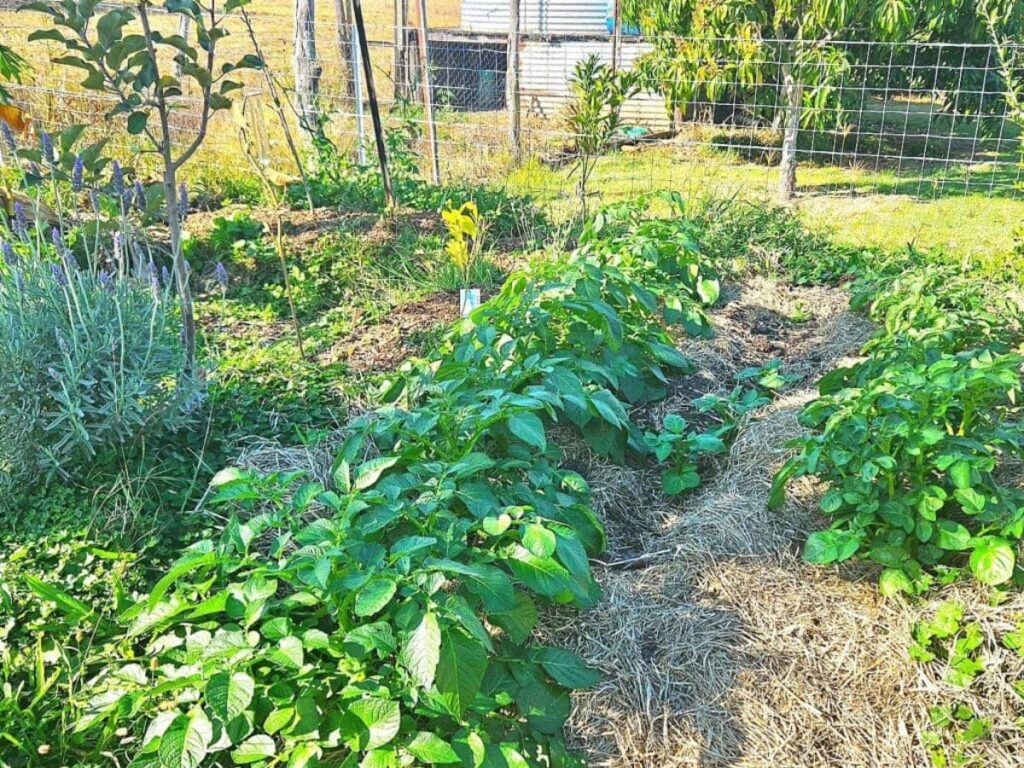
Plants and gardening are amazing. Not only is getting your hands dirty great for the mind, body and soul but it’s also great for the environment. By producing some of your own food you help to reduce mass agricultural production.
Growing food and planting trees absorb carbon dioxide in the air and produce more oxygen as well. You are also supporting wildlife like bees and other insects who pollinate and can help reduce soil erosion.
Having a backyard garden and growing your own food is an awesome way to live sustainably.
Sustainable Living Tips
1. Buy 2nd Hand
Buying items 2nd hand helps to reduce these items ending up in the landfill. It gives the item a 2nd chance of having a home and prevents the need for more manufacturing.
Many people bring back to life 2nd hand products prolonging its life which can reduce the number of resources and energy being spent to create something brand new.
2. Donate Items
When decluttering your home if something is still functional or in decent condition, why not donate it? This can be a blessing for the person receiving the item and also saves it from ending up in the ever-expanding landfills.
Giving these items away to someone else helps to reduce the demand for new products and reduces the emissions associated with manufacturing and transporting it as well.
3. Upcycle
Upcycling is a great way of saving money and reusing something you already have to create something new. Giving something a new purpose and new life so it doesn’t have to go to waste in a landfill.
Similar to above upcycling helps to reduce the production of new products. If everyone did their best to upcycle and use what they had in creative ways landfills wouldn’t be filling at the rate they are now.
Mass production of cheap items has led to a lot of wastage and resources being used that really don’t need to be.
Conclusion
There are so many ways to live a more conscious lifestyle. Living a life that is not all about consuming but also giving back. Getting back to your ancient roots and living with the world in harmony not just in the world.
I hope you found this blog post helpful. Let me know in the comments any other tips I might have missed! Have a blessed day!

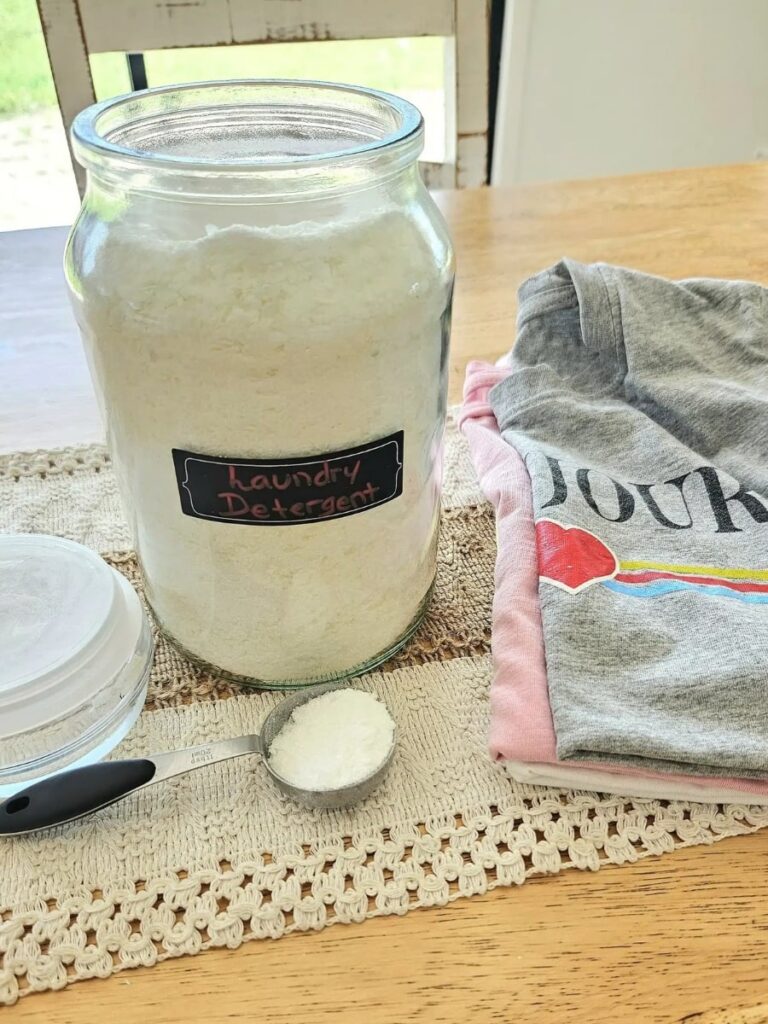
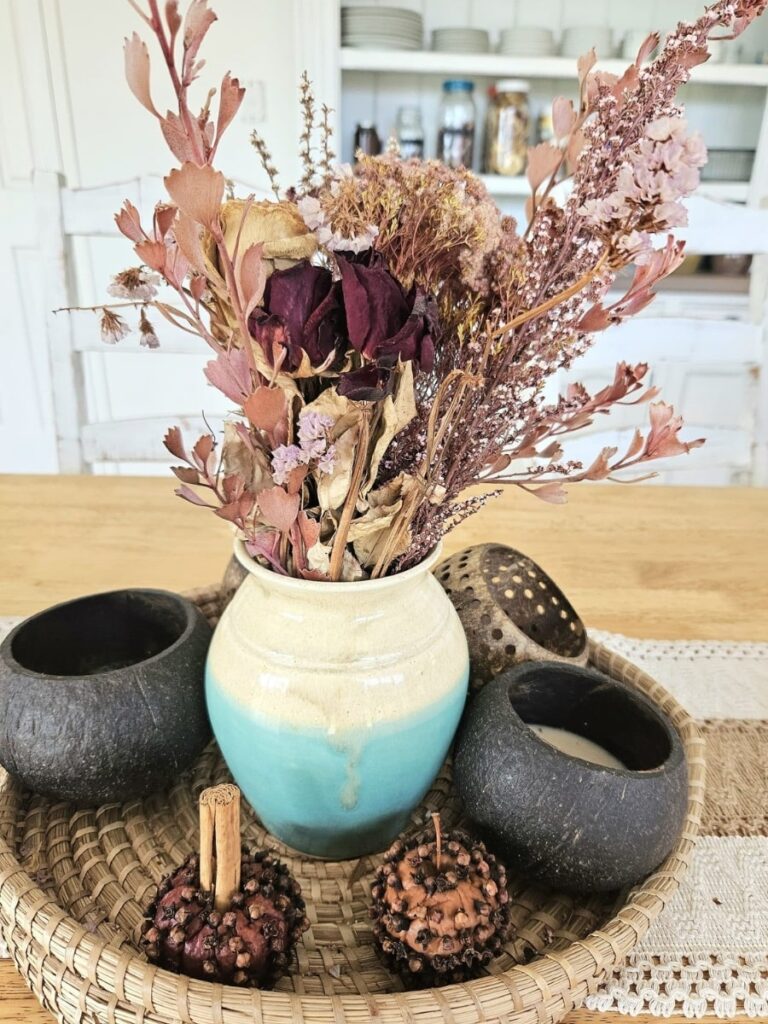
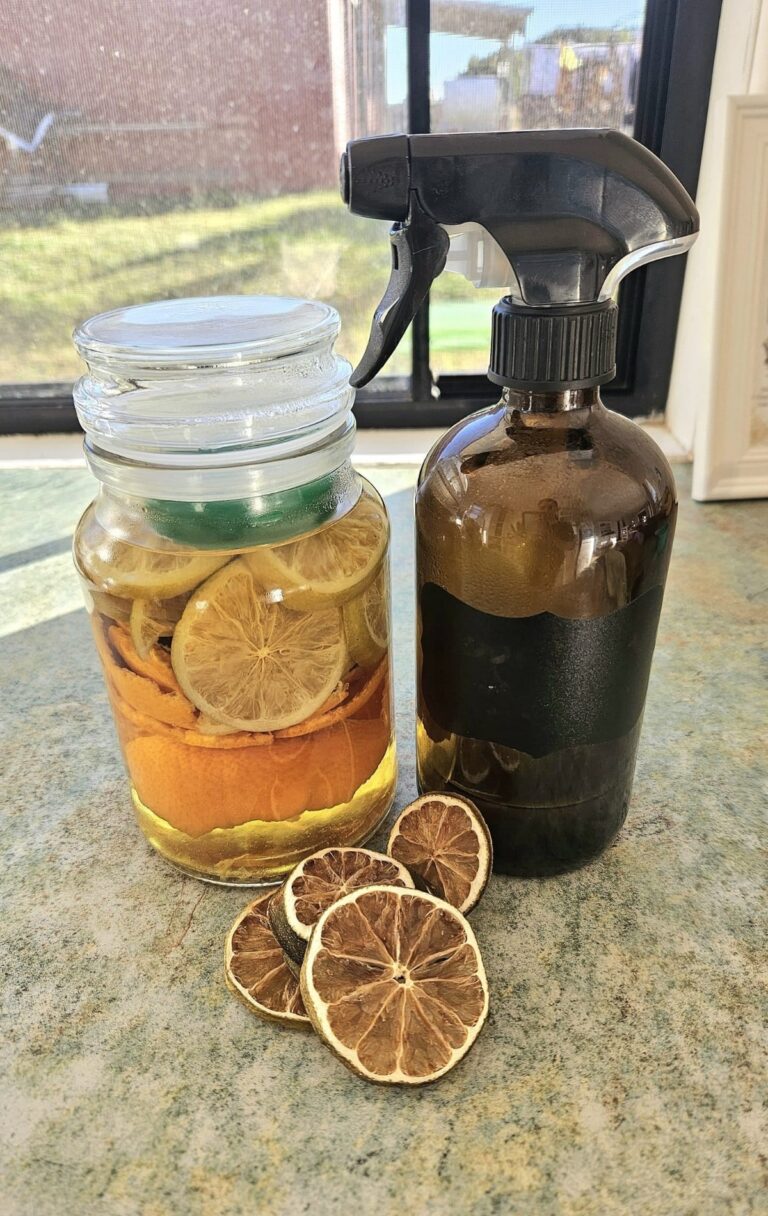
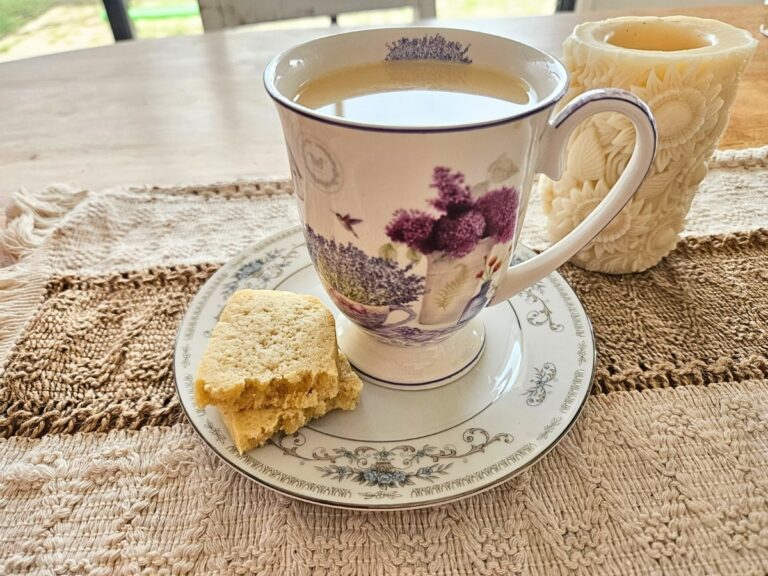
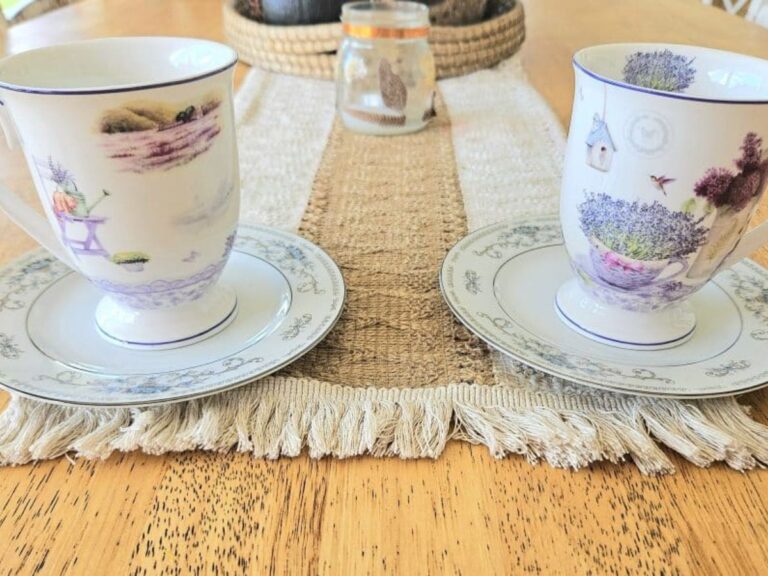
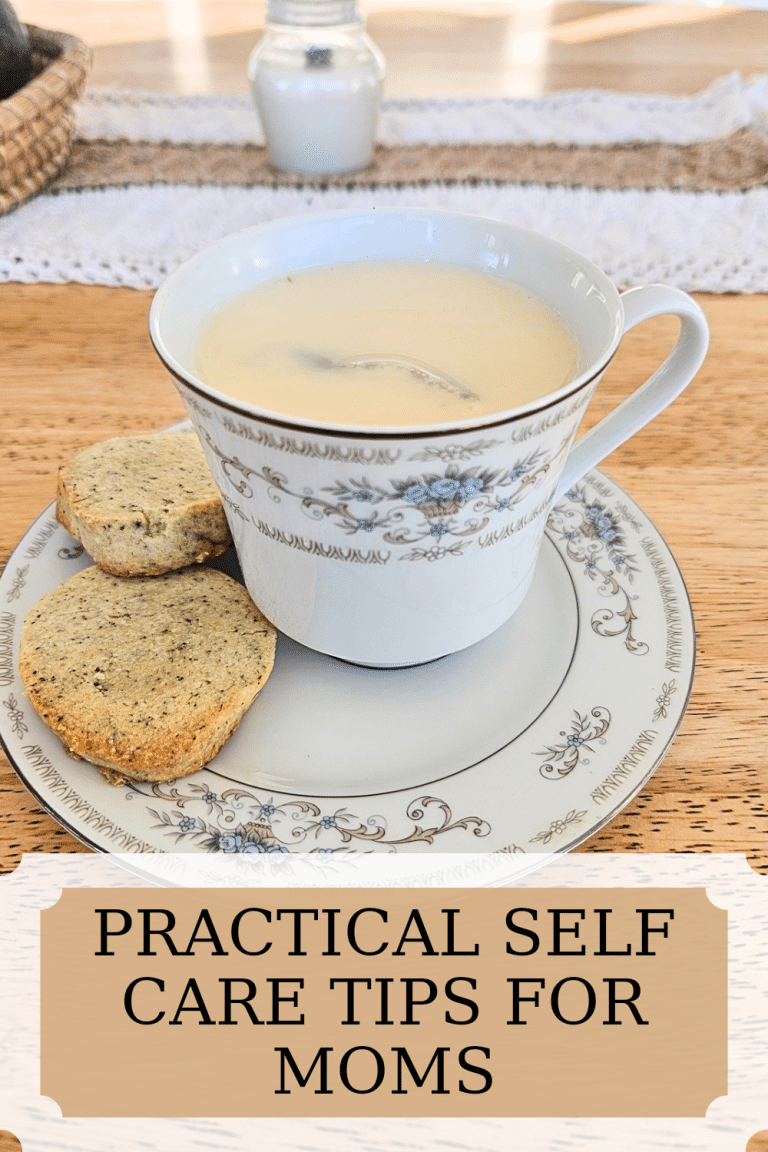
Growing a garden and learning to preserve by canning has been my single most sustainable living hack. I grow and can enough carrots, green beans, beets, potatoes, tomatoes made into sauce, lettuce and much more for a whole year. I’m on year 4 with this. It’s cut my grocery bill in like 3/4. I also make my own sour dough bread, and buy meat on sale and can the meat and can broth made from the meat bones. Sounds like a lot, but once you get going it’s so easy!
I love this so much, it gets me incredibly excited to keep doing the same thing. I haven’t managed to successfully grow food yet, but we do a lot of canning here too! This was definitely a good post for fresh tips too like the water tank.